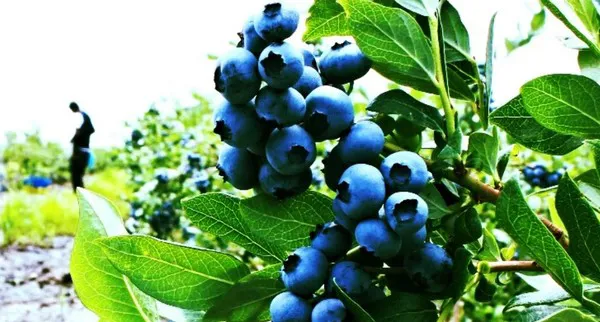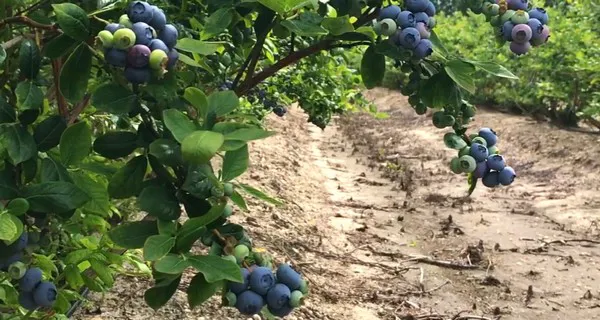Supplies of Peruvian blueberries are good right now, though next month could see a tight market.
“The supply chain from Peru has been pretty fluid from the beginning of October until now. I believe there was an increase in containers that came in and the market is finally stable. Right now there’s a lot of supply around,” says Joshua Minton of Frank Donio Inc. based in Hammonton, NJ.
In general the Peruvian crop, which typically ships September through December, continues to grow annually. “The fruit on the bush is becoming more mature and the yield is becoming larger,” Minton says. “This year we’re seeing some really large, firm and tasty Ventura blueberries coming in, which typically was a variety nobody cared for.” Shipping has now moved to the Biloxi and Emerald varieties and Peru will finish up with the Atlas variety. “Peru has become a powerhouse and could ship for a long time.”

December blueberries
In fact, some growers this year may ship past December. Last season, Peru shipped into the early parts of February and some even pushed into March. “Peru doesn’t want to compete with Chile who has a peak in January and February with a price that’s stable but a bit lower,” said Minton. That compares to the higher pricing Peru generally sees in September and October when domestic supplies have largely wrapped up. “But this year we’re hearing there are limited volumes coming out currently so December will be a potentially tight market with a potential gap between Peru and Chile,” says Minton.
In the meantime, Chile has started with some production in the high Northern regions. “But they’re mainly going to start coming in around week 1 with some larger volumes,” says Minton.
As for demand, Minton notes it’s similar to last year and has been strong throughout the Peruvian deal. “There’s a lot of movement going on. When volume is up 30 percent and movement hasn’t slowed down at all, this speaks to the retailers who’ve been able to put out ads quicker to that nature,” he says.

More room for blueberries
In the past two to three weeks, a dip in California strawberry supplies and quality thanks to its recent rains means there’s also been more room for blueberries on the shelves. “But we hear Mexico is coming with strawberries. If that happens, store shelves will have less space for blueberries. But blueberries are eaten daily by American consumers so I don’t think demand will slow down. It will be about space on the shelf,” says Minton
To meet that general demand, Frank Donio itself is looking adds to its organics program. While it currently offers conventional pints and 6 oz. clamshell on blueberries, it also has the capability to do the same for organics. “We’re striving towards a year-round TopCrop organic label with our contacts in Peru and Chile and the U.S. as well,” says Minton.
Meanwhile, as for pricing, it’s stabilized, though larger, firmer fruit is garnering premium pricing. “The pricing for Peru isn’t stronger then last year--the pandemic helped produce sales last year,” says Minton. “Now people are going out more and spending less at grocery stores. That said, there was less fruit that arrived from Peru last year so that pricing was much more firm.”
 For more information:
For more information:
Joshua Minton
Frank Donio Inc.
Tel: +1 (609) 561-2466 ext 1148
Joshuaminton@donio.com
http://www.donio.com
